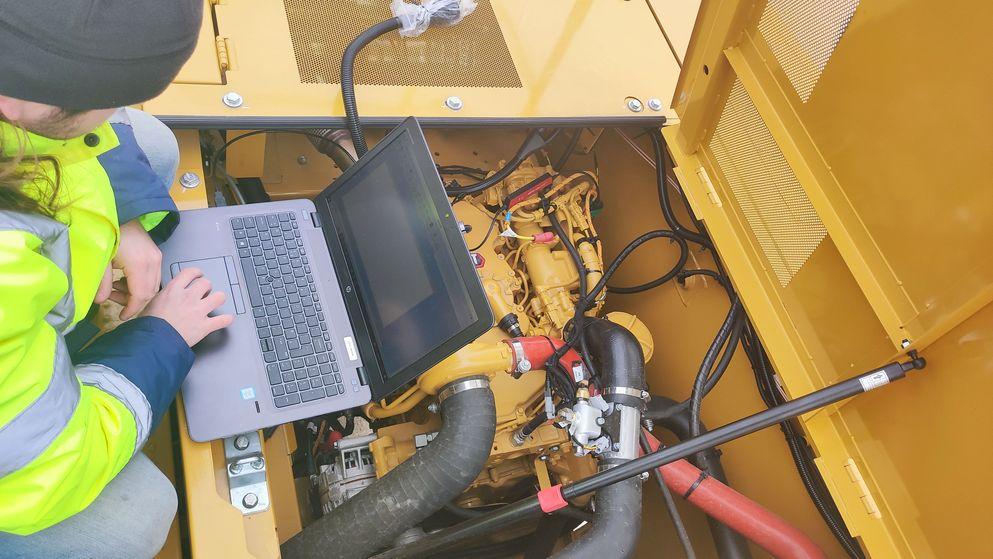
Element 1 - Leading the construction industry towards a net zero future
Element 1 - Leading the construction industry towards a net zero future
As BAM commits to net zero carbon emissions by 2030, Element 1 is a key part of our strategy. It’s a cross-industry consortium led by BAM which will develop the use of hydrogen as a supplement to lower diesel usage on construction sites, following the approval of a £4,872,653 grant through the UK Government’s Net Zero Innovation Portfolio (NZIP).
We know that mobile construction plant is a significant emitter of carbon, providing a real challenge to reduce emissions whilst continuing with our construction projects. Element 1 seeks to address this by reducing the consumption of diesel by introducing hydrogen as a fuel. We have seen electrification of smaller plant becoming more widespread but large mobile plant is particularly difficult to convert to batteries due to the power required for operation and charging infrastructure.
By the end of 2024, we’re aiming to introduce an end-to-end hydrogen solution on a construction site, but there’s plenty of work to do in the meantime.
Our design and manufacture of the necessary equipment is going well. We have surveyed the Caterpillar and Kobelco excavators and devised solutions to allow the injection of hydrogen into the engine. Initial tests have been successful with hydrogen displacing diesel in the plant workshops by approximately 40%.

Next steps include the installation of the tanks on the four machines and a test of the complete system. We have also procured a truck chassis which is having a hydrogen tank system installed to allow it to take the hydrogen to the equipment on site. This hydrogen bowser will also be partially fuelled by hydrogen too.
Designs for the on-site hydrogen storage facility are mature and manufacture of that part of the end-to-end solution is underway.
At the end of March, BAM hosted an industry event in London which provided a fantastic opportunity for the project members to discuss the industrial use of hydrogen as a fuel in construction. We were joined by representatives from the Department of Energy Security and Net Zero and a number of infrastructure clients. The consensus was that it is an exciting time to be engaged in the development and use of hydrogen as an industrial fuel but there is much to do to meet Government and our own targets for Net Zero. We look forward to getting on with the work.
So, what’s next? We’re now at the stage where we have tangible benefits from our work in the initial planning and design stages. Hydrogen injection equipment has now been installed on the first two excavators and calibration was successful. We aim to deploy the end-to-end solution on construction sites in the last quarter of 2024. We will have one site which will house the hydrogen storage facility, this will supply the converted plant as well as two ‘satellite sites’, which will put to work converted excavators that have a significant proportion (circa 40%) of their diesel displaced by hydrogen.
It is a challenge, of that there can be no doubt, but we are working hard to make it possible.
About the NZIP:
The Department for Energy Strategy provides funding for low carbon technologies and systems through the Net Zero Innovation Portfolio. This is to help enable the UK to end its contribution to climate change.

About the author

Colin Evison
Innovation Technical Lead
Colin leads the Innovation department. He works with departments across BAM UK and Ireland and the wider group to promote innovation in our business.
When he’s not managing innovation initiatives, he’s developing processes to streamline how we deploy innovation in the business. He looks at how we can make better use of data and how we can play a part in the shift towards Smart Cities.
Colin joined BAM Nuttall in 1997 and became a chartered civil engineer in 1998. He was admitted as a fellow of ICE in 2011. Outside of his main job, he supports graduate civil engineers on ICE Training Schemes.

